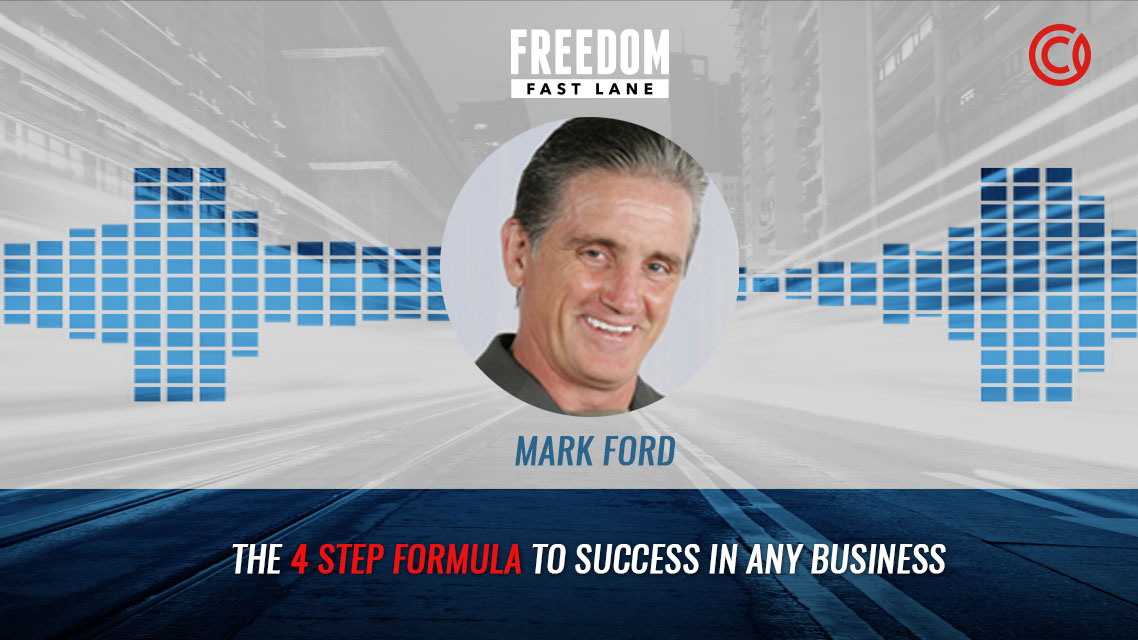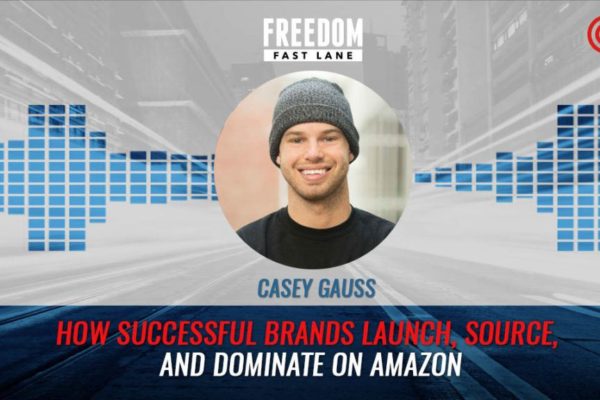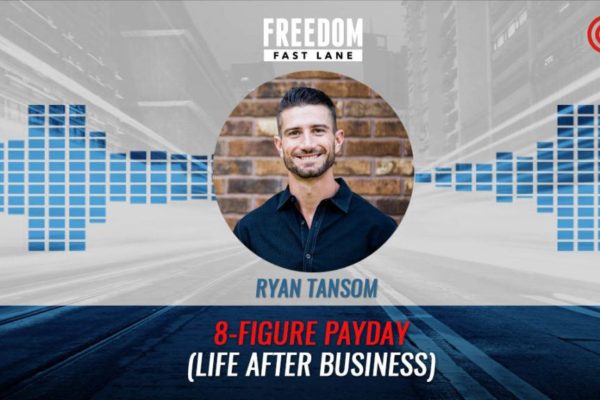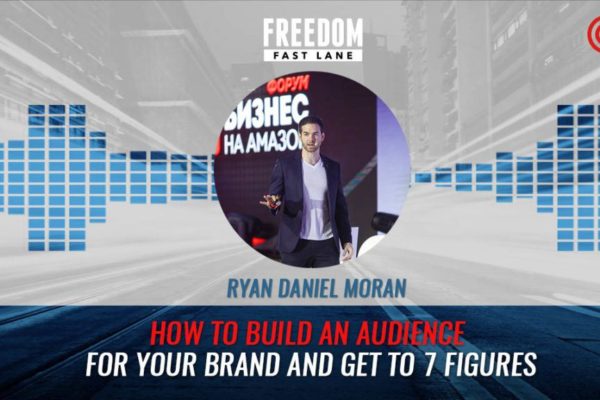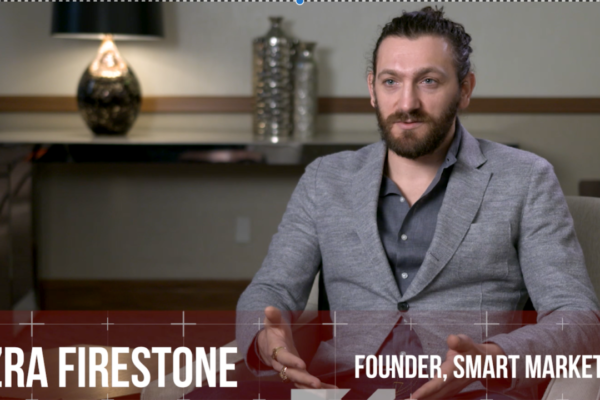A great business has a unique selling proposition and deep benefits for the intended audience.
But how do you know if your offer has what it takes to be great?
Mark Ford (a.k.a. Michael Masterson) is a genius brand storyteller and sales copywriter. He can identify great businesses immediately because he's created success for himself.
He’s built a multi-million dollar business in under four years. In his analysis of what took him from zero to success, Mark discovered a simple, four-step formula that any business owner can apply to his or her entrepreneurial journey.
If you want to build an empire, you’ll have to pass through each of these stages: infancy, childhood, adolescence, and adulthood.
Stage 1: Infancy - Figuring out what you’re selling, and how you’re selling it
This is the first stage of a business when you go from zero to one million. When you look at a business from the outside, you can figure some things out but you can’t reach the real secrets.
Mark says that every time he got into a new business, he didn’t know the secret sauce. He had to be good at pushing and trying different things, and studying different outcomes until it clicked.
Your primary job in stage one is to find out how to acquire a new customer. What product are you selling, what price, what media are you pushing it through, what is your sales message? You need to figure this out to sell and bring in a customer who will have a good lifetime value.
At the start of a new business, you have three clocks running. One is the amount of money you have, one is the faith your employees has in you, and one is the belief you have in yourself.
Once you find that one sale that brings in cash flow, you’ve done your job. It’s the hardest thing to do, so you should spend 80% of your time on this, and 20% on everything else. If you don’t have positive cash flow, nothing aside from sales matters.
Stage 2: Childhood - Developing back-end products to market to existing customers, and front-end products for new customer acquisition
This stage is when you grow from one to ten million dollars. You’ve got one product that’s working, and your business is probably breaking even.
You need to make a secondary front end product - a product which you sell to new customers. From there, you create a sophisticated and more refined version of this and make it your back-end product. Price them different, message them different, and attract different audiences.
Take what you’ve learned about selling to create back-end products which will create a lot of cash flow quickly. This approach will create a culture of innovation and speed within your business.
If you’re struggling to shift a product which has a unique selling point and is priced correctly, the problem is in the copy and the list you’re sending it too. Assess both of these things.
Stage 3: Adolescence - Hiring people for structure to support further growth
This is the fast growth stage where you’ll make $10-$50 million within a two to three year period.
By this point, you’ll have staff working for you who know how to drum up ideas and roll out with them. The challenge at this stage is product quality and customer service because 80% of your time has been spent on sales.
You need to start bringing in the organization people who make the trains run on time, who know how to make people work hard, and know how to implement protocols and programs.
These people keep the heart of the company pumping, but they’re not as important as the marketing brain.
Mark says you need to hire people who won’t think they’re running the business, and who will work equally with the entrepreneurs rather than tell them what to do. Keep the balance between the two.
The biggest problems in business are always related to people, and people problems are messy. It’s almost impossible to go out and find superstars, which is hard if your objective is to continue to grow.
If someone is mediocre, fire them. Follow Mark’s secret of the empty seat. When you have someone mediocre in an important position, you’ll never find the superstar.
Once you fire the mediocre person, you’ll be working hard to replace them. You’ll never replace them with someone worse, and the superstar will only appear once the seat is empty.
Stage 4: Adulthood - Incentivizing people to keep the hunger to grow
The stage when you make between $50-$100 million. You’ve experienced growth, everything is going smoothly, you’re making a lot of money, but it’s natural for the business to slow down.
You’ve covered the stressful period and everything is going great, so for less stress, your employees will stop pushing as hard.
Be aware of this, and look at the people running the business. Gently encourage them to be more competitive, introduce more people who can have the opportunity to move up to a higher level, and regenerate the entrepreneurial activity within the business.
Subscribe to Freedom Fast Lane
-->Subscribe to the Freedom Fast Lane Podcast with Ryan Daniel Moran<--
MORE FREEDOM FAST LANE EPISODES ON CAPITALISM.COM:
• Boost Cash Flow With Turnkey Real Estate Investments Like Jason Hartman
• How Robert Herjavec Reached the ‘Unattainable’ $50+ Million Before Age 50
• How Shakil Prasla Finds Online Business Investments with High Growth Potential
